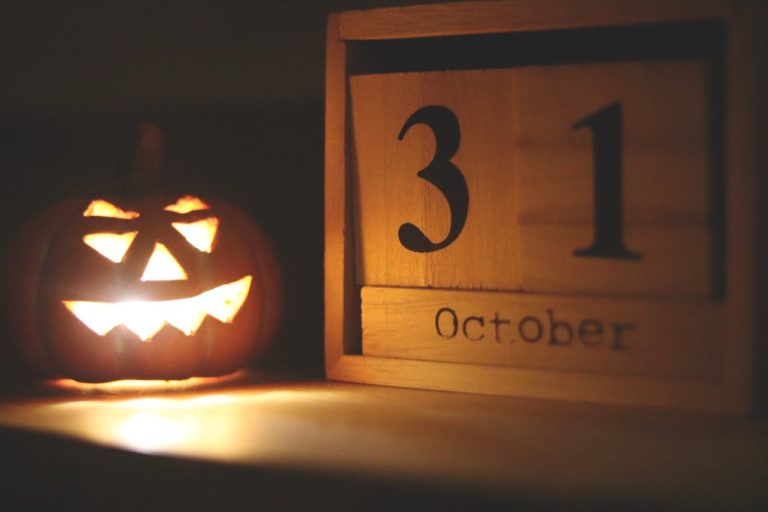Today may be Halloween, but it’s never too late to brush up on your Halloween knowledge and prepare to write some follow-up stories on the business of this spooky holiday.
Halloween spending is expected to reach over $12 billion this year, according to the National Retail Federation (NRF), blowing past last year’s record of $10.6 billion. Spending on costumes alone is expected to reach $4.1 billion, up from $3.6 in 2022, with the majority of that growth in the adult costume sector. Barbie, Spiderman, and the classic “witch,” are among the top ten choices for adults this year.
Take a look at the historical trend of Halloween spending
The NRF is the world’s largest retail trade association, founded in 1911, and a great starting point for finding historical trends of consumer spending around holidays, including Halloween, but also Valentine’s Day, Easter, and even the Super Bowl.
Their Halloween Data Center has surveyed the public on their Halloween spending plans since 2005 when projected spending was expected to be $3.3 billion, almost a quarter of the amount expected this year. Not only does it seem that more people plan to celebrate Halloween (53% in 2005 to 73% in 2023), but the expected spending per person has risen from $48.48 in 2005 to more than double that in 2023 – $108.24. The most common way consumers plan to celebrate this year is by handing out candy and decorating.
Their survey also looks at where consumers are shopping, with discount stores leading the way as a popular destination for Halloween merchandise – with 40% of respondents saying they would shop there this year. Other popular spots include specialty Halloween/costume shops (39%), grocery stores (28%), department stores (25%), and online (32%). Less popular spots include craft stores (13%), drug stores (8%) and thrift shops (12%).
Halloween is more than costumes and candy
The bulk of spending on Halloween goes toward costumes, decorations, and candy, but there are a host of businesses that cater to this holiday that aren’t included in the NRF’s survey. This includes haunted houses or hayrides that pop up every Halloween season. As one headline from BBC put it, “Haunted houses were once the domain of grade-school fundraisers. Now, companies are pumping thousands – even millions – into building the stuff of nightmares.” Some of the haunted houses featured in the article include one in New York City that grosses “between $800,000 and $900,000 per season” and a charity house in Texas that runs on volunteers and raises $50,000 each year for local charities. However, owning a haunted house is certainly not easy.
Due to their seasonal nature, haunted houses are a risky business which may explain why the industry is heavily dominated by small business owners with virtually no chains in the mix. Owners have to choose between finding a steady location to use for a short period of time, which includes storage and set-up expenses – a difficult feat year after year – or maintaining a space all year round.
However, with haunted houses becoming more popular, some owners have chosen to branch out from Halloween and offer their houses for other holidays, including Valentine’s Day.
Halloween around the globe
Although Halloween is perhaps most popular in the U.S., it is celebrated around the world – and the popularity of the holiday is only increasing. This includes Ireland, where the holiday actually originated from an ancient festival that celebrated the start of winter – Samhain.
In countries like Mexico and Guatemala, a holiday to honor the deceased is held on one of the first few days of November. In Italy, where Halloween is becoming more popular with younger consumers on October 31, the public holiday is All Saint’s Day – commonly referred to as All Hallow’s Day – and is held on November 1 to honor all of the Catholic saints, followed by a Day of the Dead on Nov 2. In Japan, Halloween really began when Tokyo Disneyland held its first celebration in 2000 and today is all about the costumes.






